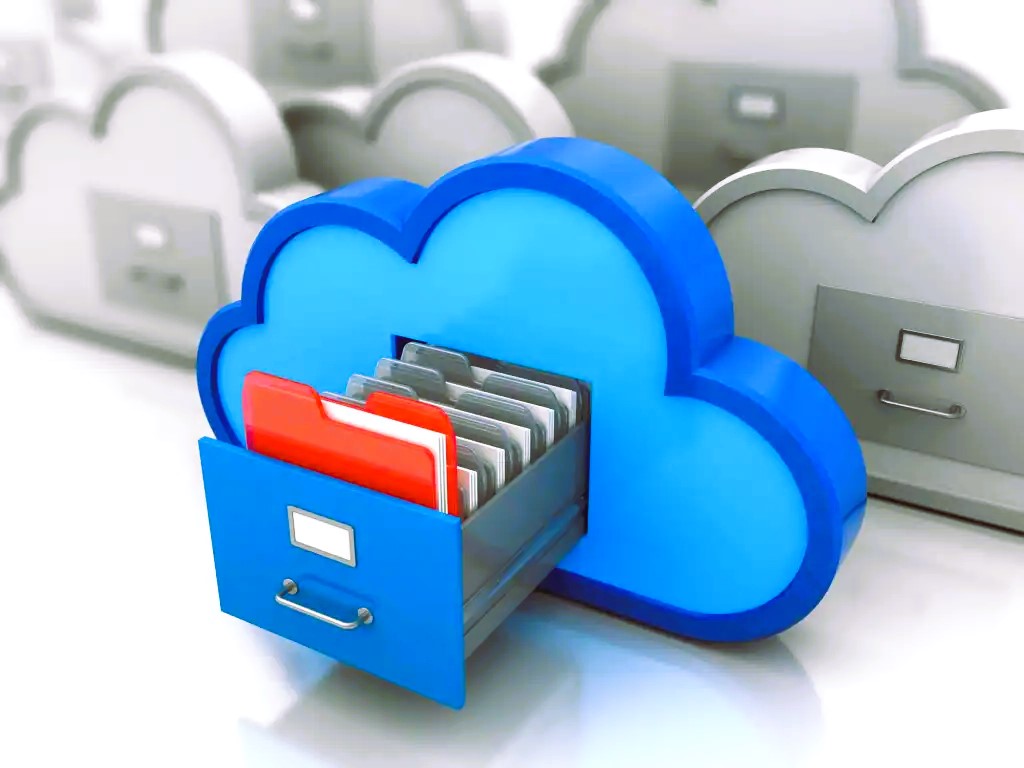In the digital age, where data is a cornerstone of business operations and personal activities, having a robust data backup and recovery strategy is paramount. Unexpected events such as hardware failures, cyber-attacks, or accidental data loss can have severe consequences. A well-thought-out backup and recovery plan ensures the resilience of your data, safeguarding it against potential threats. In this comprehensive guide, we’ll explore essential tips for establishing effective data backup and recovery strategies to protect your valuable information.
1. Conduct a Comprehensive Data Audit:
Before designing a backup strategy, it’s crucial to understand what data you have, its importance, and how frequently it changes. Conduct a thorough data audit to identify critical files, databases, and applications that require regular backup. Categorize data based on its sensitivity and importance to prioritize backup efforts.
2. Choose the Right Backup Frequency:

The frequency of data backups should align with the rate of data changes and the criticality of the information. For dynamic data that undergoes frequent modifications, consider more frequent backups, while less dynamic data may require less frequent backups. Striking the right balance ensures that you can recover the most recent version of your data in case of an incident.
3. Implement the 3-2-1 Backup Rule:
Adhere to the 3-2-1 backup rule, which suggests having three total copies of your data, stored on two different media, with one copy kept offsite. This approach provides redundancy, protects against hardware failures, and ensures that you have a backup available even if the primary location is compromised.
4. Leverage Automation for Regular Backups:
Manual backups are prone to oversight and errors. Implement automated backup solutions to ensure consistency and reliability. Automated backups not only save time but also reduce the risk of human error, ensuring that backups are performed according to the defined schedule. Using the capabilities of artificial intelligence, see the link for more details.
5. Choose Secure Storage Solutions:
Select secure and reliable storage solutions for your backups. Cloud storage services offer scalability, accessibility, and offsite storage, making them an attractive option. Ensure that the chosen cloud provider complies with security standards and provides encryption features to protect your data during transit and storage.
6. Encrypt Your Backups:
Security is a critical aspect of data backup and recovery. Encrypt your backups to protect sensitive information from unauthorized access. Both in-transit and at-rest encryption safeguards your data during backup processes and storage, adding an extra layer of defense against potential threats.
7. Regularly Test Your Backups:
Perform regular testing of your backup and recovery processes to ensure their effectiveness. Testing helps identify any issues with the backup configuration and verifies the integrity of the backed-up data. Regular testing also familiarizes your team with the recovery procedures, reducing downtime in the event of an actual incident.
8. Prioritize Rapid Recovery:
In the event of data loss or system failure, the speed of recovery is crucial. Prioritize solutions that enable rapid data recovery to minimize downtime and its associated impacts on productivity. Consider adopting technologies like snapshot-based backups or instant virtualization for swift recovery.
9. Document and Update Your Backup Plan:

Maintain detailed documentation of your backup and recovery plan, including procedures, schedules, and contact information for key personnel. Regularly review and update the documentation to reflect any changes in your infrastructure, applications, or data landscape.
10. Educate and Train Personnel:
Human error is a common factor in data loss incidents. Educate and train personnel on the importance of data protection, the role they play in the backup process, and the steps to follow in case of data loss. Awareness and training contribute significantly to the overall success of a backup and recovery strategy.
Platforms for Staying Informed:
To stay informed about the latest developments and best practices in data backup and recovery, platforms like IGN can provide valuable insights. While these platforms primarily focus on gaming, they often feature articles and discussions on broader technology topics, including data management.
Conclusion: Safeguarding Your Digital Assets
In the digital landscape, where data is a precious asset, implementing effective backup and recovery strategies is not just a best practice but a necessity. The tips outlined above serve as a guide to fortify your defenses against potential data loss scenarios. Whether you’re a business safeguarding critical operations or an individual protecting personal files, a proactive and well-executed backup plan ensures that you can recover swiftly and resume normal operations in the face of adversity. Embrace these strategies, stay informed, and empower yourself with the tools needed to safeguard your digital assets effectively.


